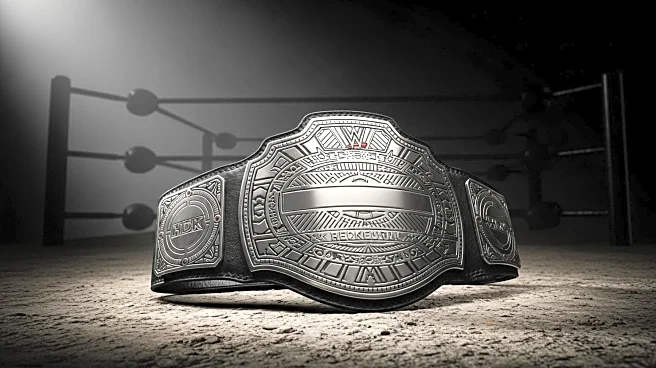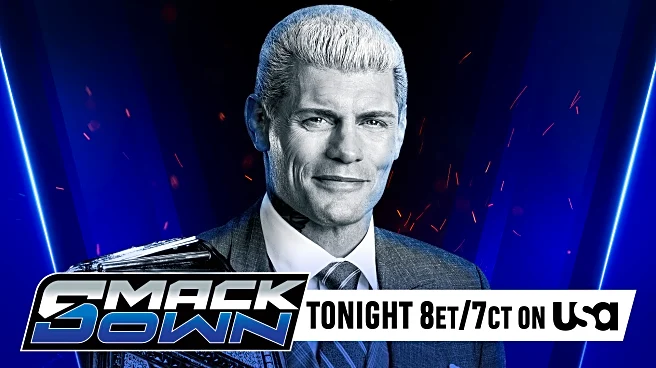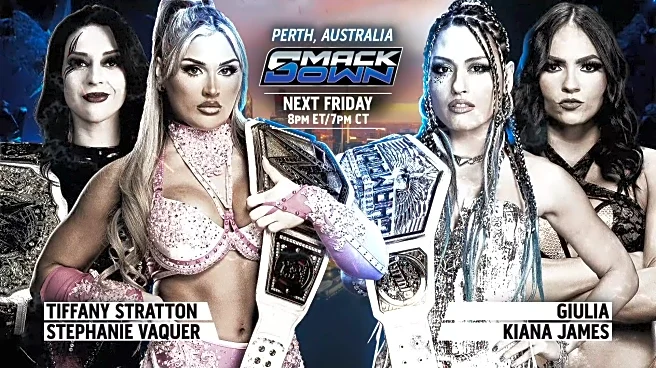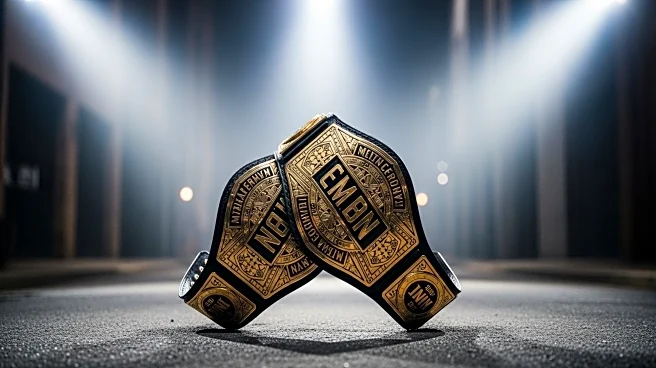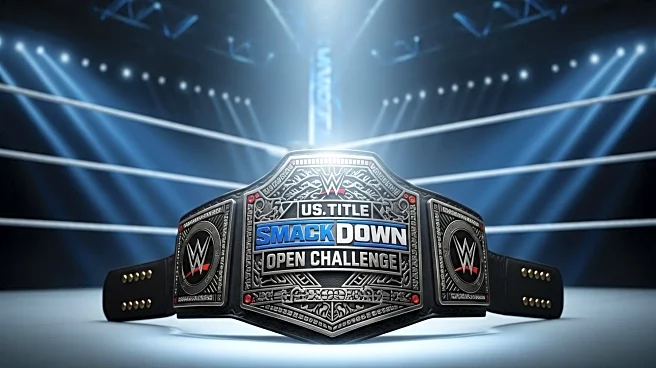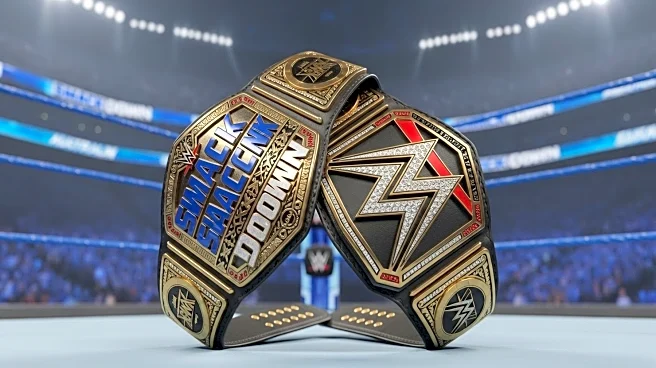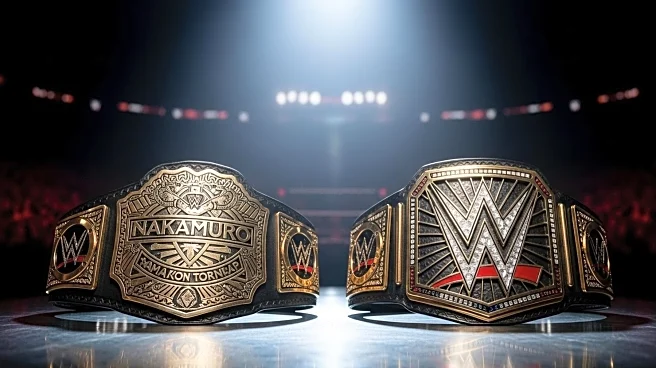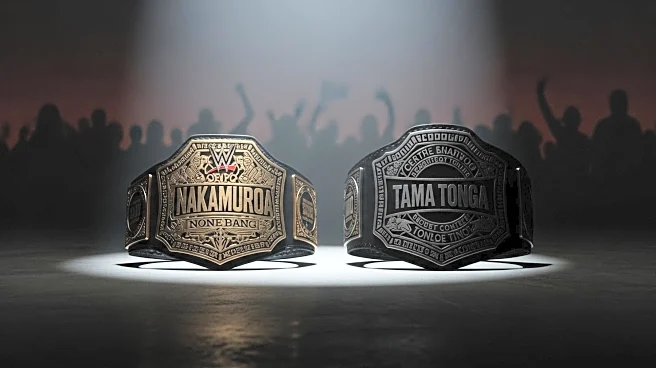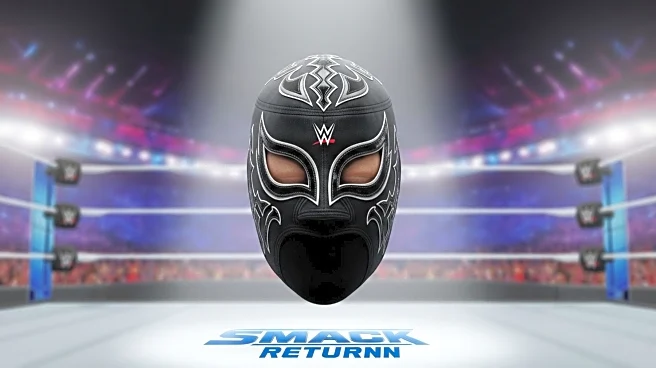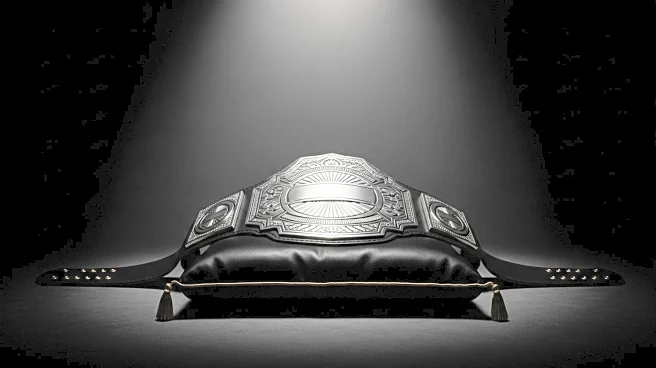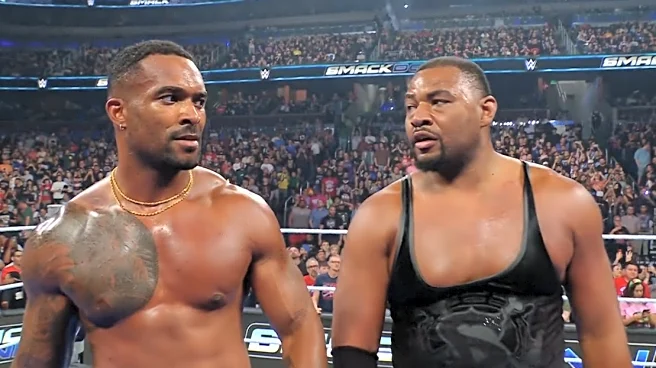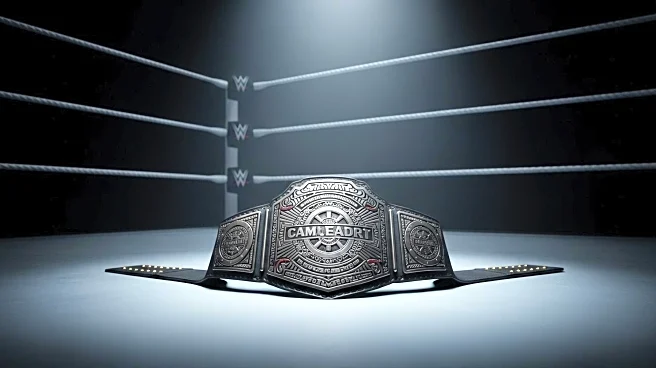What is the story about?
What's Happening?
Tama Tonga, a WWE star, has made a comeback after a six-month injury hiatus, joining a prominent faction on SmackDown. During a match in Perth, Australia, Shinsuke Nakamura returned to challenge Sami Zayn for the United States Championship. As Nakamura neared victory, he was pulled from the ring by a hooded figure, later revealed to be Tama Tonga. Tonga, sporting face paint reminiscent of his Guerrillas of Destiny days in NJPW, attacked Nakamura and then turned his focus on Zayn. He was joined by MFT members Talla Tonga, Tonga Loa, and JC Mateo, who also wore similar face paint, in a four-on-one assault on Zayn. The faction's leader, Solo Sikoa, appeared, hinting at a potential rematch for the United States Title between him and Zayn, following Zayn's previous victory over Solo.
Why It's Important?
Tama Tonga's return and alignment with the MFT faction could significantly impact WWE's SmackDown storyline dynamics. His involvement adds depth to the ongoing rivalry for the United States Championship, potentially setting up high-stakes matches that could draw viewer interest and boost ratings. The faction's aggressive tactics may lead to shifts in alliances and rivalries within WWE, affecting the careers of involved wrestlers like Sami Zayn and Shinsuke Nakamura. This development also highlights WWE's strategy of leveraging returning stars to enhance narrative complexity and fan engagement.
What's Next?
The attack on Sami Zayn suggests a forthcoming rematch for the United States Championship, likely intensifying the competition between Zayn and Solo Sikoa. WWE may capitalize on this storyline by scheduling high-profile matches that could culminate in major events like Survivor Series. The involvement of Tama Tonga and the MFT faction could lead to further confrontations and alliances, influencing future SmackDown episodes. Fans can expect evolving narratives and potential surprises as WWE continues to develop this storyline.
Beyond the Headlines
Tama Tonga's return and the faction's aggressive tactics may raise ethical questions about the portrayal of violence and rivalry in wrestling entertainment. The use of face paint and faction dynamics could reflect cultural influences from NJPW, showcasing WWE's integration of international wrestling styles. This development might also influence WWE's marketing strategies, as returning stars often attract fan attention and drive merchandise sales.
AI Generated Content
Do you find this article useful?
